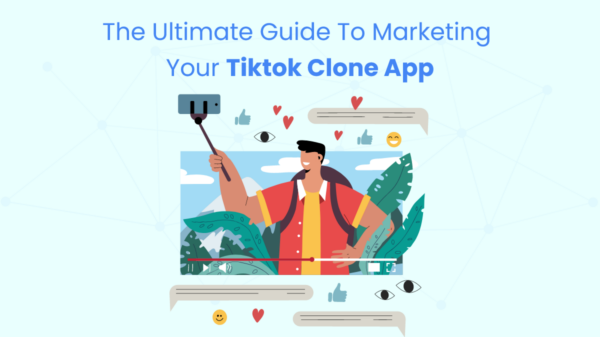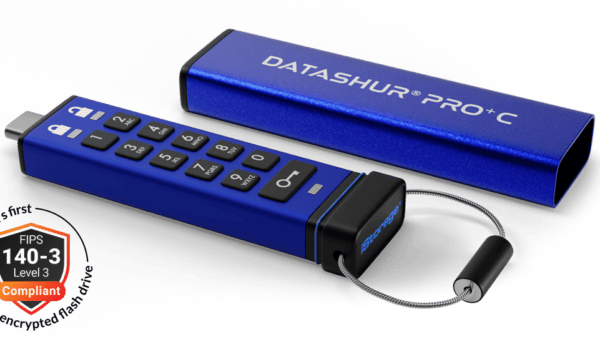Google made a significant change to its AdSense program in November 2023 by switching to an eCPM (effective cost per mile) payment model. This flow away from the preceding fixed 68% sales proportion signifies a modernization of the gadget and objectives to create extra transparency and versatility for publishers. This article delves into the details of this transition, explores its potential impacts, and equips you with records to maximize your profits within the new version.
Understanding eCPM: A New Metric for Publisher Earnings
Before the eCPM model, AdSense operated on a fixed revenue percentage foundation. Publishers acquired 68t% of the advert sales generated on their websites, while Google retained the last 32%. However, this system failed to replicate the intricacies of the advertising surroundings. With eCPM, the focus shifts to the effective price according to thousand impressions (mille). It considers different factors influencing an advert’s price, including:
Advertiser bids
The quantity advertisers are inclined to pay for showing their ads. Estimated click-through rate (CTR): The anticipated probability of customers clicking on the ad.
Fill rate
The percent of ad impressions that are correctly full of applicable commercials. By multiplying those elements, Google calculates the eCPM, indicating the common quantity an advertiser is inclined to pay for 1,000 ad impressions on your internet site. This price then determines your income, with higher eCPMs leading to better revenue.
Impact on Publishers: Potential Upsides and Downsides
The transition to eCPM holds each capacity blessings and downsides for publishers, depending on their specific circumstances and content. Here’s a breakdown of each aspect:
Upsides
Increased Transparency
eCPM presents a clearer picture of the elements influencing your earnings, allowing you to optimize your content material and advert placements for maximum value.
Potential for Higher Revenue
If your internet site draws first-rate site visitors with top engagement and click-through charges, you can doubtlessly earn greater than the eCPM model.
Flexibility and Adaptability
eCPM displays the dynamic nature of the advertising and marketing market, doubtlessly adjusting to fluctuations in call for and opposition extra efficaciously.
Alignment with Industry Standards
Moving to eCPM aligns AdSense with the same old charge version throughout show advertising structures.
Downsides
Initial Confusion and Learning Curve
Understanding and studying eCPM information calls for familiarization with new metrics and trends, which might be overwhelming for a few publishers.
Potential Revenue Fluctuations
Since eCPM is dynamic, your income would possibly fluctuate extra in comparison to the constant sales percentage version.
Limited Control over Advertiser Fees
You have no control over the prices deducted through advertisers and 1/3-party structures below the eCPM model.
Tips for Optimizing Your Earnings in the eCPM Model
To benefit from the eCPM version, publishers want to actively control their websites and regulate techniques, therefore. Here are a few key tips:
Focus on High-Quality Content
Create attractive and applicable content material that draws your target audience, main to better engagement and capacity ad clicks.
Optimize Ad Placements
Experiment with distinct ad placements to locate high-acting positions that do not intrude on user enjoyment.
Monitor eCPM Data Regularly
Analyze your eCPM reviews to become aware of traits and understand which content material and ad codecs are appearing nicely.
Experiment with Different Ad Formats
Explore various ad codecs like show advertisements, native commercials, and video advertisements to discover what resonates fine with your target audience.
Diversify Your Traffic Sources
Attract traffic from a couple of assets like organic seek, social media, and referrals to increase your audience and ad ability.
Compliance with AdSense Policies and Better Ads Standards in the eCPM Model
Why Compliance Matters inside the eCPM Model
Under the eCPM version, advert first-rate and user enjoy directly impact your income. Violating AdSense regulations or falling brief of Better Ads Standards could have numerous bad results:
Reduced Ad Fill Rates
Poorly located or intrusive advertisements might get flagged, main to fewer commercials filling your website, directly impacting your eCPM and revenue.
Limited Access to High-Paying Advertisers
Non-compliant websites are probably excluded from displaying ads from premium advertisers, similarly hindering your earning ability.
Account Suspension or Termination
In intense cases, repeated violations can result in AdSense account suspension or termination, absolutely eliminating your profits circulation.
Therefore, actively maintaining compliance and adopting Better Ads Standards are not simply ethical obligations, but strategic business selections inside the eCPM era.
Key AdSense Policies and Better Ads Standards to Consider
Several key guidelines and requirements are particularly applicable to the eCPM model:
AdSense Program Policies
Prohibited Content
Avoid content material promoting violence, hate speech, illegal sports, or malware.
Click Manipulation
Don’t artificially inflate clicks or impressions through incentives or deceptive practices.
Ad Placement
Position advertisements responsibly, keeping off interference with content or user level.
Technical Requirements
Ensure your internet site functions easily and complies with technical specifications.
Better Ads Standards
Non-Intrusive Ad Formats
Avoid overly large, flashy, or disruptive advert formats that hinder a person’s enjoyment.
Mobile-Friendly Ads
Implement responsive and user-pleasant ad codecs optimized for mobile devices.
Limited Frequency Caps
Control advert frequency to save you from overwhelming users with repetitive ads.
Clear Labeling
Ensure commercials are distinguishable from regular content to avoid deceptive users.
Strategies for Ensuring Compliance and Improvement
Maintaining compliance and exceeding Better Ads Standards calls for proactive effort.
Here are a few key techniques:
- Regularly Review Policies and Standards: Stay up to date on any adjustments or clarifications in AdSense rules and Better Ads Standards.
- Utilize AdSense Tools and Resources: Use tools like the Policy Manager and Quality Review Center to discover and deal with capability issues.
- Conduct Self-Audits: Regularly examine your internet site for compliance and consumer experience, searching for remarks from trusted colleagues or communities.
- Prioritize User Experience: Design your website and advert placements with user comfort and navigation in thoughts.
- Experiment with Different Ad Formats: Test diverse ad codecs and placements to discover the most effective and user-pleasant options.
- Seek Support: Utilize AdSense sources, communities, and help channels for guidance and help.
Conclusion: Adapting to the New Landscape
The transition to the eCPM model marks a widespread alternative for AdSense publishers. While it needs preliminary adjustment and know-how, it additionally gives possibilities for multiplied transparency, ability sales growth, and alignment with industry requirements. By focusing on remarkable content material, optimizing ad placements, and actively studying eCPM facts, publishers can adapt to the brand new landscape and maximize their income in the dynamic international of online advertising.
















































































































































































